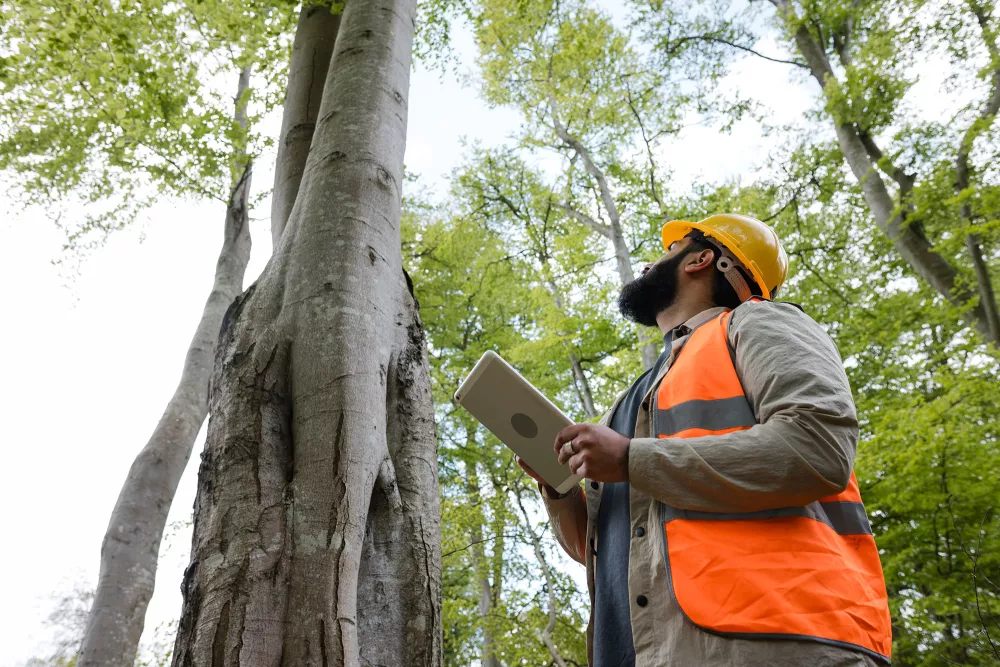The Arbor Day Foundation is pledging 10 million trees to areas impacted by hurricanes Helene, Milton Help us replant
Bulletin
How to Plan for Management
“If you fail to plan, plan to fail.” So goes the old saying, and it is as true in community forestry as it is in managing your personal checkbook. By following the few basic steps presented in this issue, leaders in communities of all sizes can develop a more effective, systematic tree program.

If there is a single action that could advance the care of trees in most communities, it is the development of a well-crafted plan.
Planning is the very foundation of an effective, systematic tree program. It can be the vital nucleus around which a new program is formed or the means of re-energizing an existing program into a more productive part of municipal government.
Unfortunately, planning is often at the bottom of almost anyone’s list of exciting things to do in urban and community forestry. Planning has little of the fun associated with planting trees, nor does it provide the same sense of accomplishment as stepping back and viewing a properly pruned tree.
The lack of planning for community tree care in the United States is hampering progress toward widespread, systematic management of the increasingly important tree resource. Approximately 88% of the nation’s 30,000 incorporated municipalities have yet to receive Tree City USA recognition, let alone develop active management plans. Small communities are especially reluctant to take these important steps, whereas communities of all sizes benefit both from being eligible for a Tree City USA award and having a management plan.
Even in a community that has a forestry program, if regular planning is not part of it, the result is like a rudderless ship being pushed in whatever direction the wind is blowing. At best, little progress takes place unless by pure chance, and at worst, a disaster is the end result. In the case of community forestry, such a disaster often comes in the form of a limb falling from a hazardous street tree that should have been inspected and then pruned or replaced.
What is proposed in this bulletin is not an exercise in bureaucracy. Neither is planning equivalent to a weighty tome or cumbersome binder of maps and charts. What is important is the process leading up to a clearly written plan, whether the resulting document is two pages or 200 in length.
In the following pages are the essential steps in planning that can be used in even the smallest community to make this possible. They offer a blueprint for tree boards, volunteer groups, neighborhood associations, and anyone else who wants to ensure well-guided action on behalf of community trees.
In This Bulletin
Here’s what’s inside:
- Five Steps in Planning – breaking down the process of systematic decision-making when developing a community forestry plan
- Planning and Plans Vary Widely – no one solution will fit every community
- iTree Tools Can Help – a series of public-use tools to help with inventory and management

